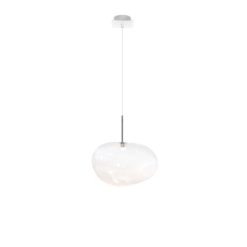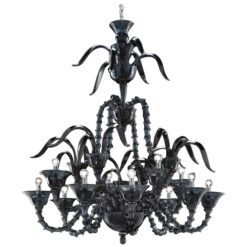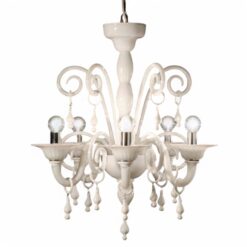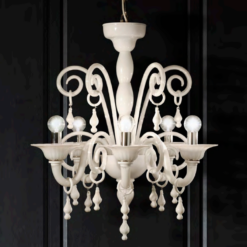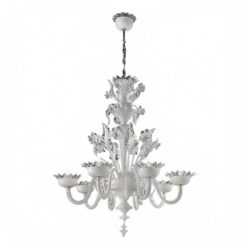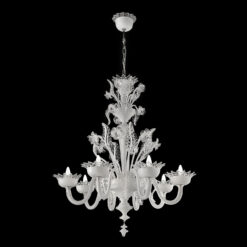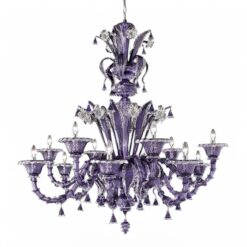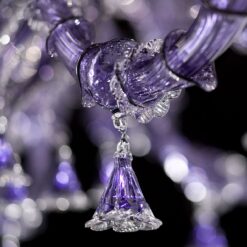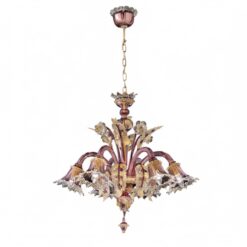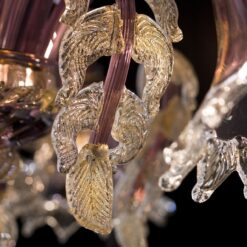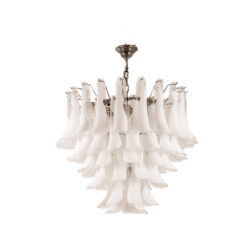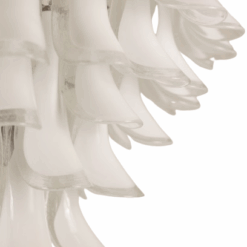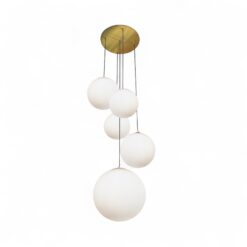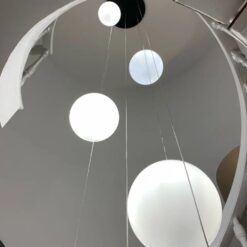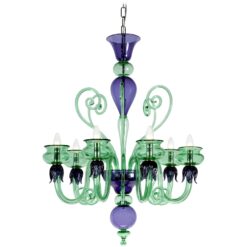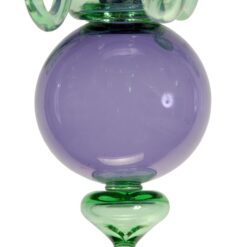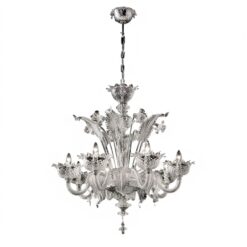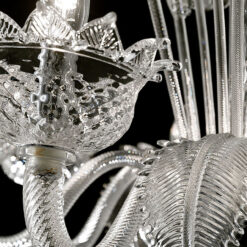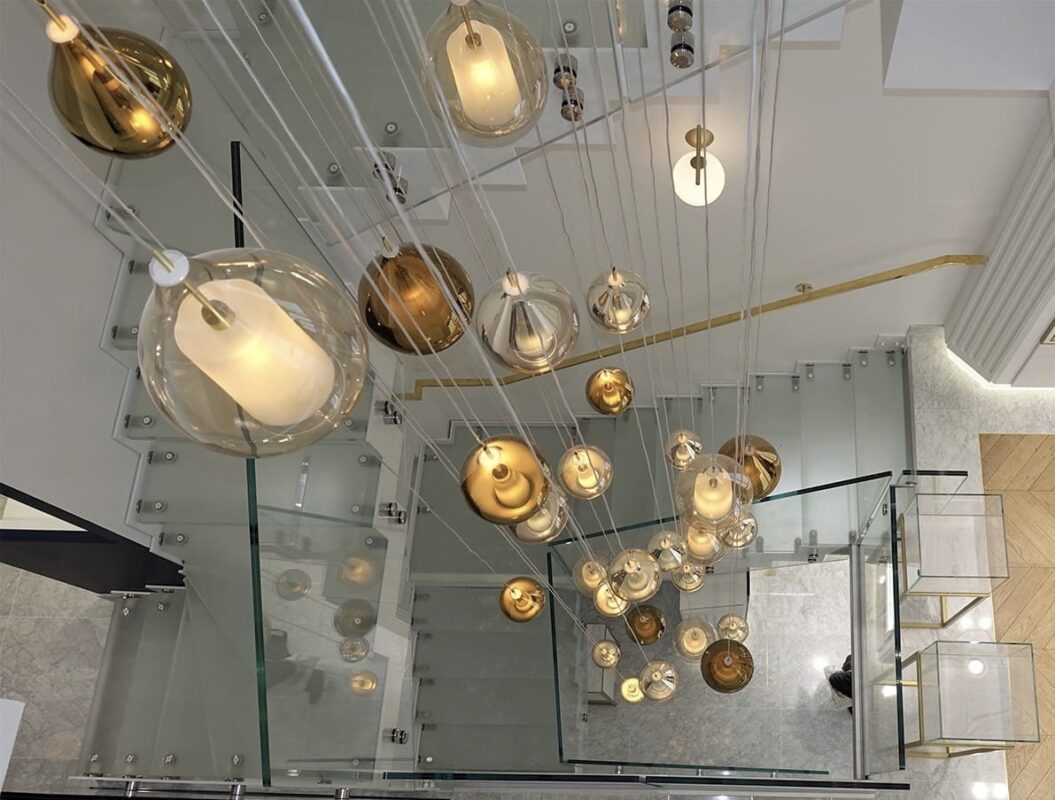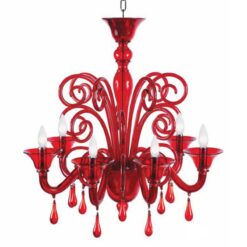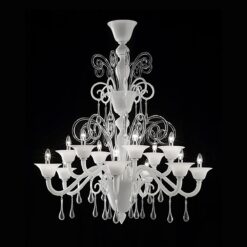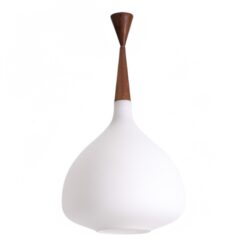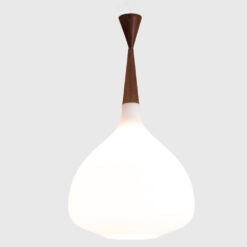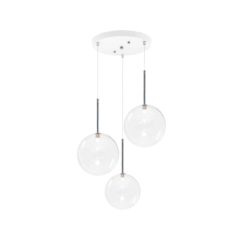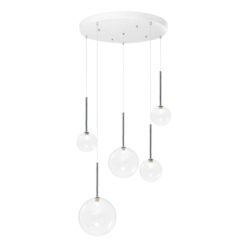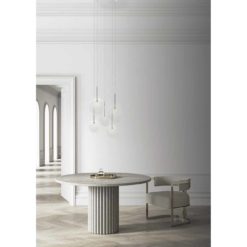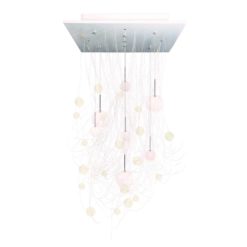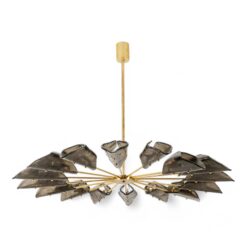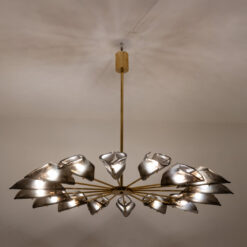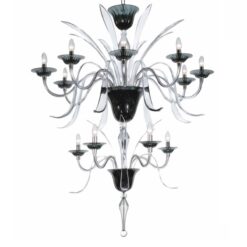Best Sellers
Lighting, Styylish History
Murano Glass Pendant Lights: Timeless Elegance
Murano Glass Pendant Lights: Timeless Elegance
Murano glass pendant lights are not just lighting fixtures; they are exquisite pieces of art that bring a touch of Italian elegance into any space. Originating from the island of Murano in Venice, these glass creations have a rich history and are renowned for their stunning beauty and intricate craftsmanship. In this blog post, we will delve into the fascinating process of hand-blowing Murano glass for pendant lights. We will explore the storied history behind this remarkable art form and discover stunning contemporary Murano Glass Pendant Lights available for your home today.
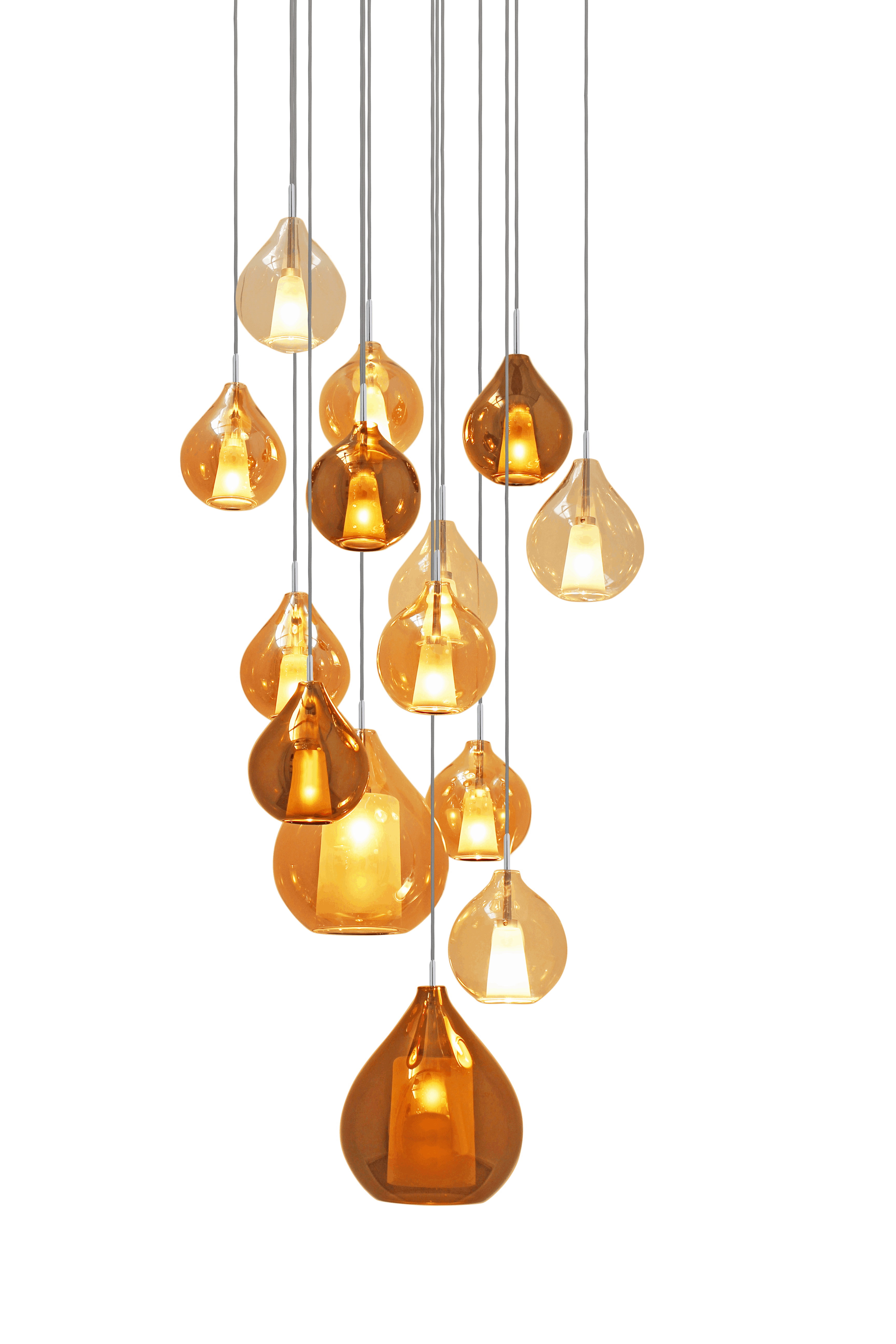
The Art of Hand-Blowing Murano Glass
The Process and Techniques
Creating Murano glass pendant lights is a meticulous process that requires a high level of skill and expertise. The process begins with selecting the finest raw materials, primarily silica sand, which is abundant in Venice and has been a key factor in the region’s glassmaking tradition. Other essential ingredients include lime, soda, and potassium. These materials combine and melt at extremely high temperatures, reaching up to 1,500 degrees Celsius in a furnace.
-
Gathering the Molten Glass
The glassmaker, or “maestro,” uses a long metal blowpipe to gather a small amount of molten glass from the furnace. This glowing glob of glass is the starting point for the creation of a Murano glass pendant light.
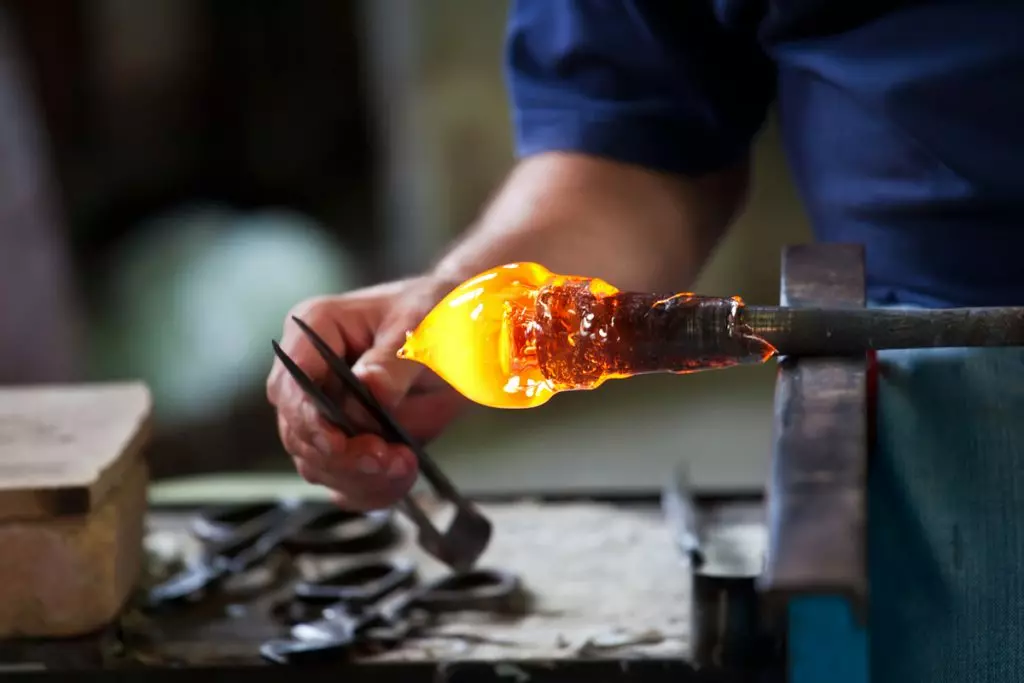
Gathering the molten Glass to create stunning Murano Glass -
Shaping the Glass
The maestro then blows into the pipe, creating a bubble within the molten glass. Craftsmen carefully shape the bubble with various tools, such as wooden blocks, scissors, pliers, and shovels. These tools have remained virtually unchanged since ancient times. The glass is rolled on a flat surface or spun to achieve the desired form. Precision and timing are crucial, as the glass must be kept at the right temperature to be malleable yet not too hot to lose its shape.
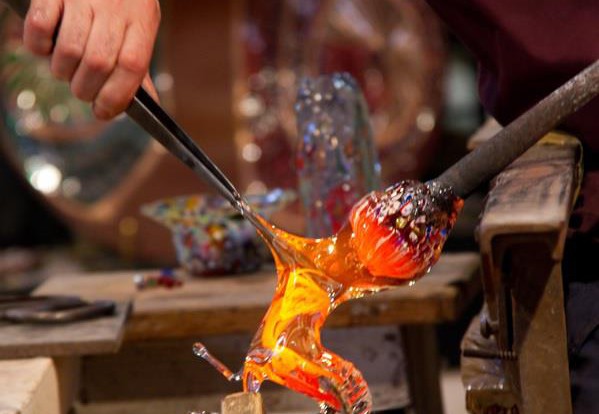
3. Adding Colors and Patterns
One of the most distinctive features of Murano glass is its vibrant colors and intricate patterns. This occurs by adding mineral compounds to the molten glass. For example, cobalt creates a deep blue, manganese produces violet, and zinc results in white. Gold or silver leaf can also be incorporated to add shimmer and sparkle. The maestro can also incorporate techniques like millefiori (using glass rods with floral patterns) or filigrana (embedding glass threads) to create unique designs
4. Annealing
Once the glass pendant has taken shape, it is slowly cooled in a controlled environment, a process known as annealing. This step is essential to prevent the glass from cracking or breaking due to internal stresses. The piece is placed in an annealing oven, known as a “tempera,” where it cools gradually over several hours or even days.
5. Finishing Touches
After annealing, the glass pendant is inspected for quality. Any rough edges are smoothed out, and additional details may be added. The final step involves attaching the necessary fittings to transform the glass piece into a functional pendant light.
The History of Murano Glassmaking
Early Origins and Development
The history of glassmaking in Murano dates back to the 8th century, making it one of the oldest trades in the region. The craft flourished due to the high-quality sand available in Venice, which was perfect for glass production. The Romans were the first to settle in the Venetian Islands, fleeing from barbarian invasions. As Venetian society and government were established, the residents of the Lagoon began to refine the art of glassmaking, building on the techniques used by the Romans.
Renaissance and Baroque Periods
During the Renaissance, Murano glassmakers began to gain recognition across Europe. They developed new techniques and styles, such as cristallo, a clear glass that mimicked rock crystal, and lattimo, a milk glass resembling porcelain. The Baroque period saw even more elaborate designs, with intricate engravings and gilding becoming popular. The societal emphasis on wealth and power during these times reflects in the opulence and sophistication of Murano glass pieces.
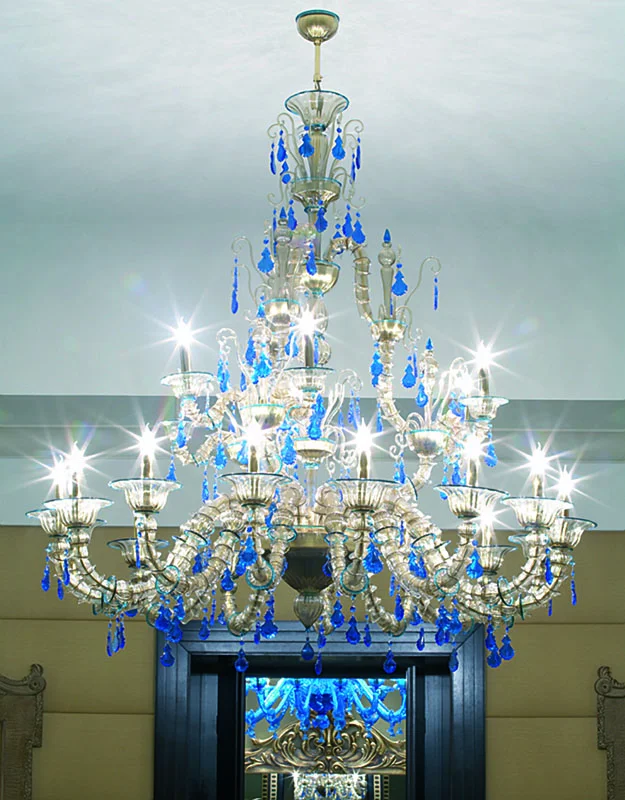
Napoleon’s Empire in the 19th Century and a Temporary Decline of Murano Glass
Napoleon’s conquest of Venice in 1797 marked the end of the Venetian Republic and led to a decline in Murano glassmaking. Under French and Austrian control, heavy tariffs and taxes made the industry unprofitable, reducing surviving glassmakers to producing mostly beads. Napoleon closed the Venetian glass factories in 1807, although beadmaking and simple glassware continued.
19th and 20th Centuries
Murano glassmaking only experienced a revival when Venice became part of Italy in 1866, spurred by local leaders like Abbot Vincenzo Zanetti, founder of the Murano Glass Museum, and factory owners who began reinventing traditional techniques. Though, the 19th century brought industrialization, which posed a threat to traditional Murano glassmaking. However, the Murano artisans adapted by creating luxury items that could not be easily mass-produced. The Art Nouveau and Art Deco movements of the late 19th and early 20th centuries saw a resurgence in the popularity of Murano glass, with designers incorporating the vibrant colors and fluid shapes of Murano glass into their works. This period by a renewed appreciation for handcrafted quality and artistic expression.
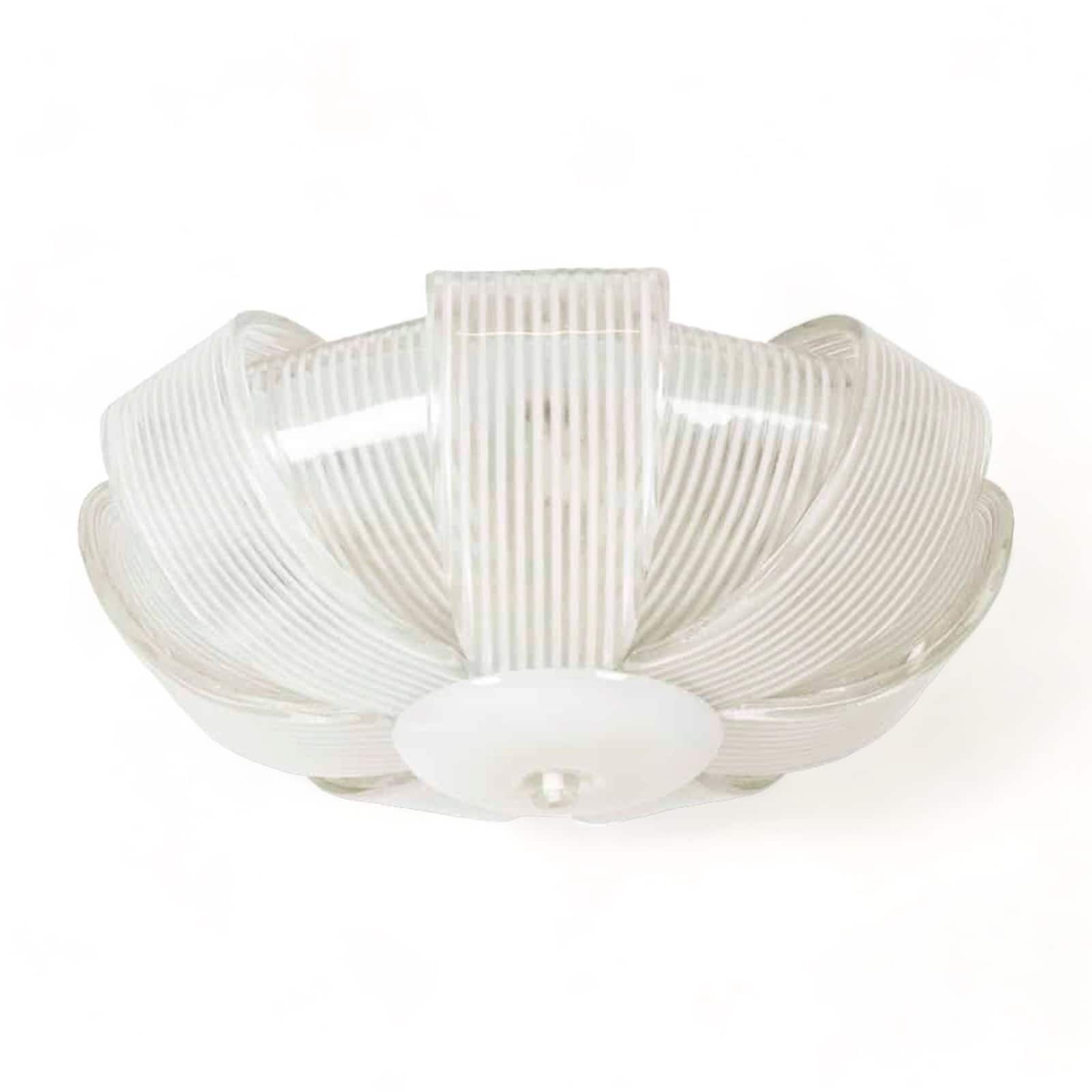
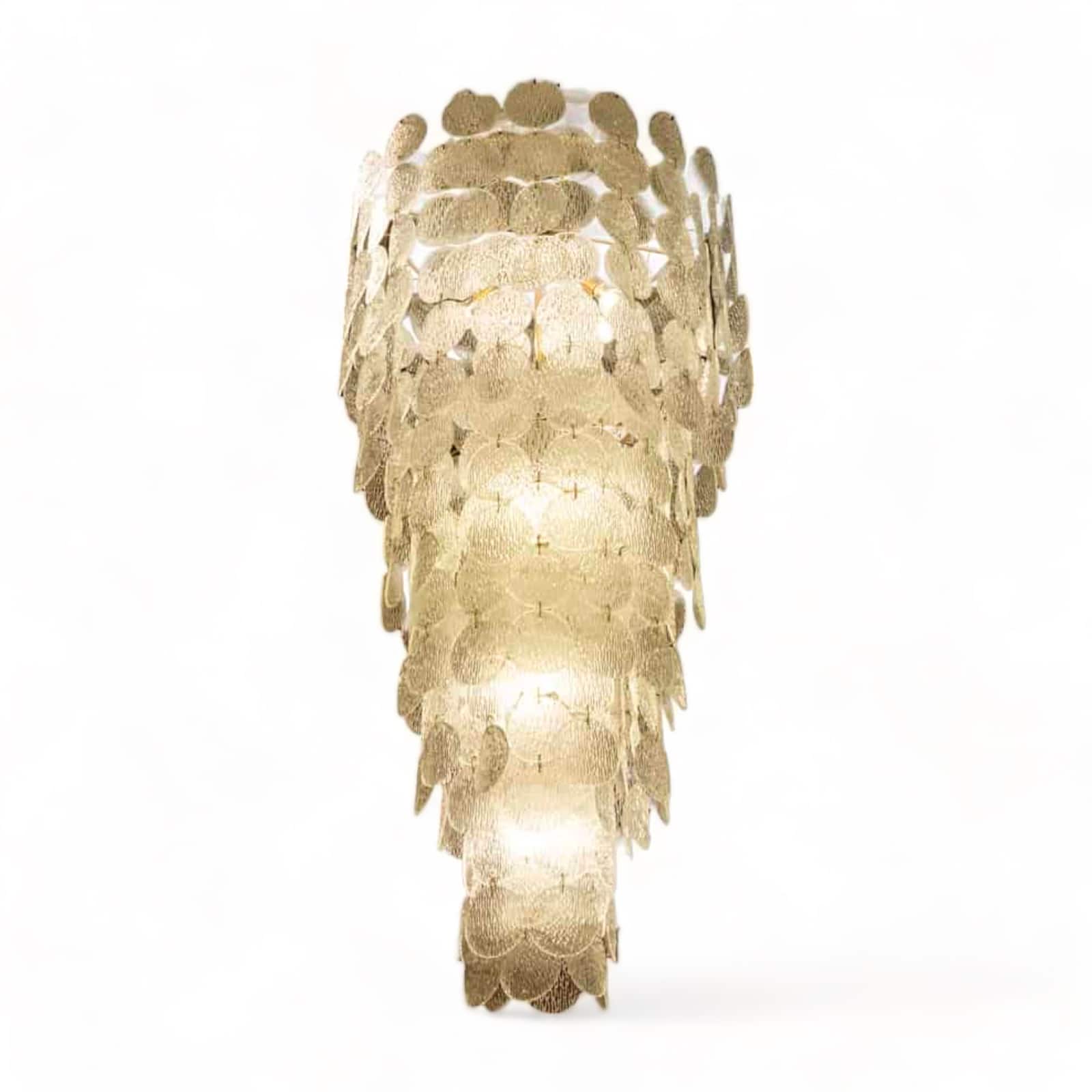
Contemporary Murano Glass
Today, Murano glassmaking remains a prestigious craft. Modern Murano glassmakers continue to honor traditional techniques while also experimenting with new designs and innovations. Murano glass pendant lights, in particular, have become highly sought after for their ability to blend timeless elegance with contemporary style. The ongoing commitment to quality and artistry ensures that Murano glass remains a symbol of Italian heritage and craftsmanship.
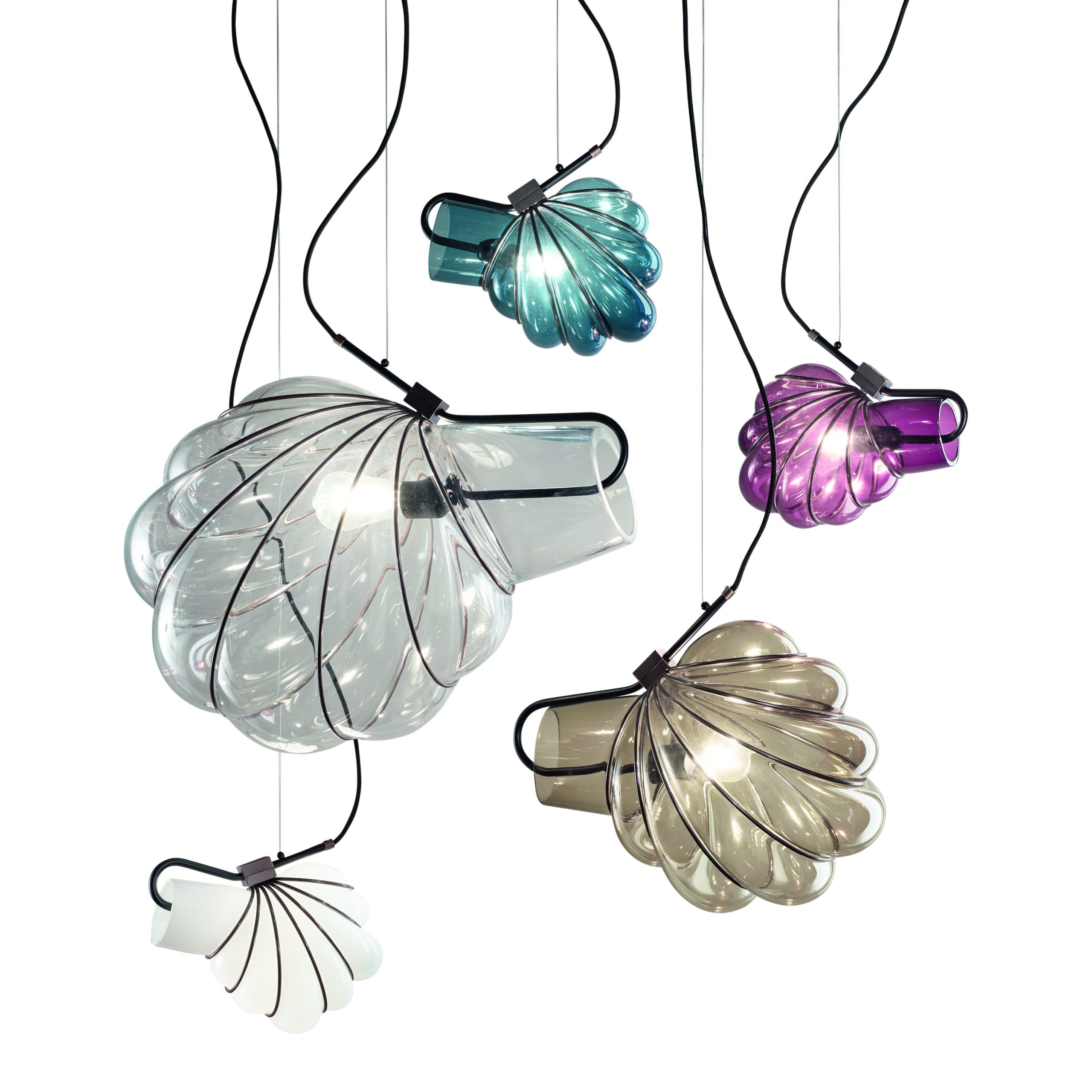
These glass pendant lights on Styylish are custom made for you in France. They are of the highest quality Murano glass by master glassblowers using a traditional technique. They give them a unique and beautiful character to any room. The company prides itself on combining ancient and noble materials in order to create one of a kind, modern and refined light fixtures.
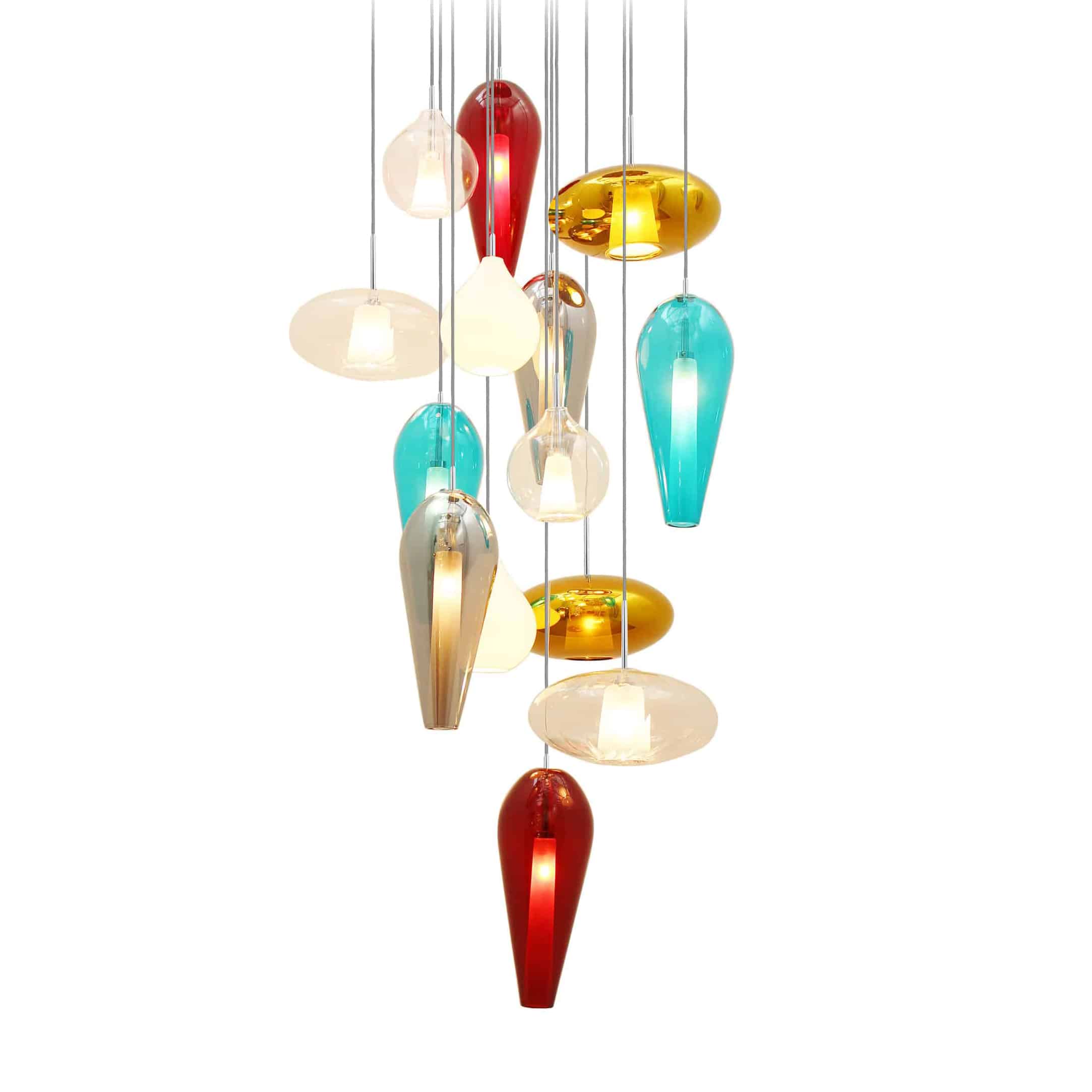
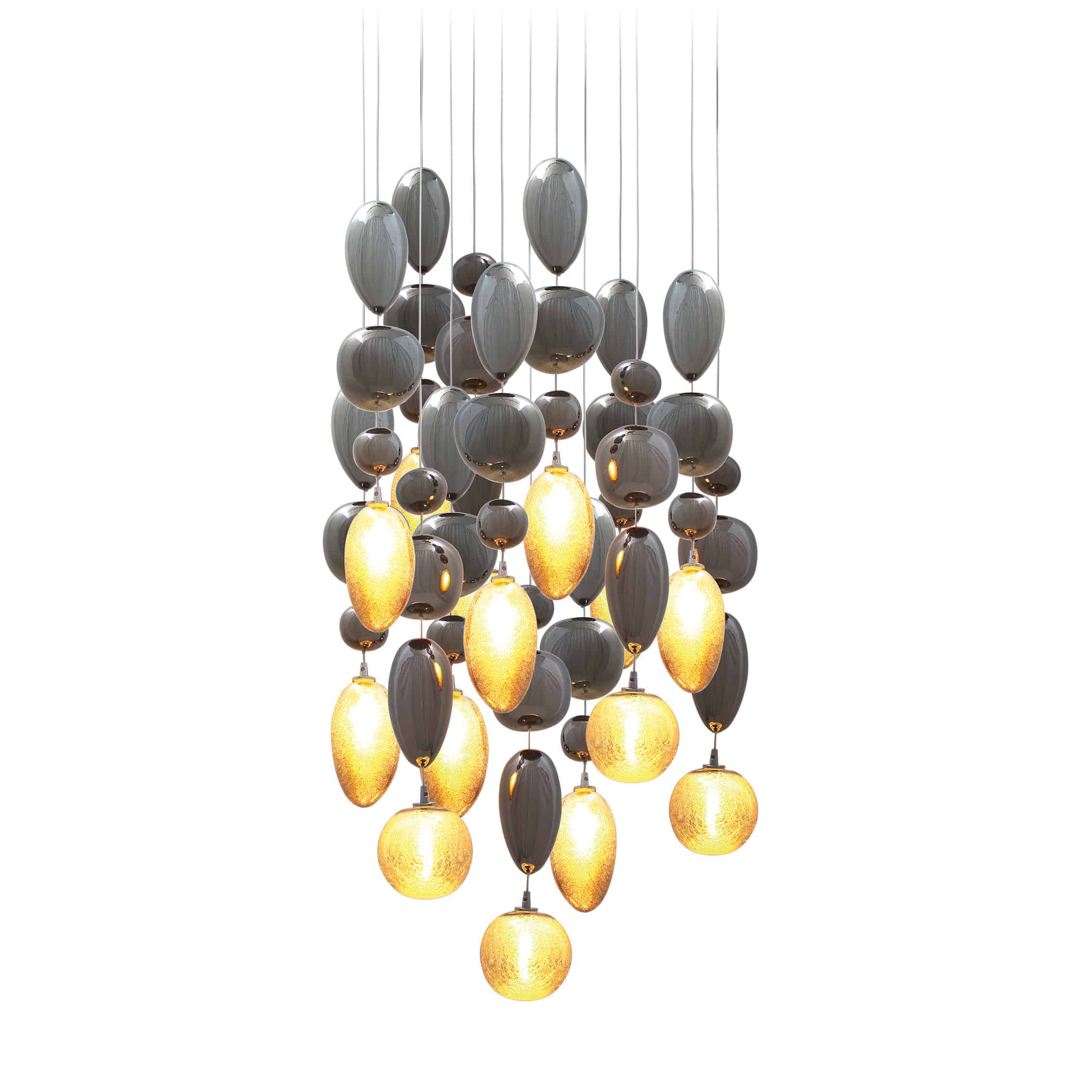
Illuminate Your Space with Murano Elegance
Murano glass pendant lights are more than just sources of illumination; they are masterpieces that carry centuries of history and craftsmanship. The intricate process of hand-blowing Murano glass, combined with the vibrant colors and unique patterns, results in lighting fixtures that are as beautiful as they are functional.
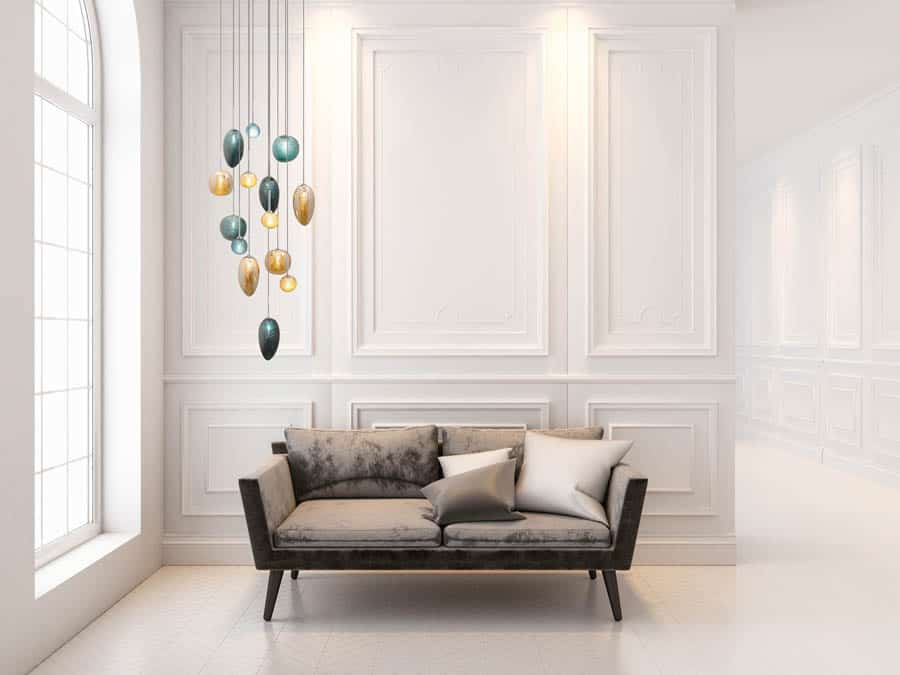
Whether you are looking to add a touch of elegance to your home or simply appreciate the art of glassmaking, Murano glass pendant lights offer a connection to a rich heritage of artistry and innovation. While the style of Murano glass lights evolve, the artistry remains strong, and will add a dynamic, illuminating light fixture to your living space.


